My Vegan Tan Tan Ramen is a plant-based take on a Japanese dish (tantanmen) which itself is a spin off of a Chinese dish! Find out more and get the recipe below.
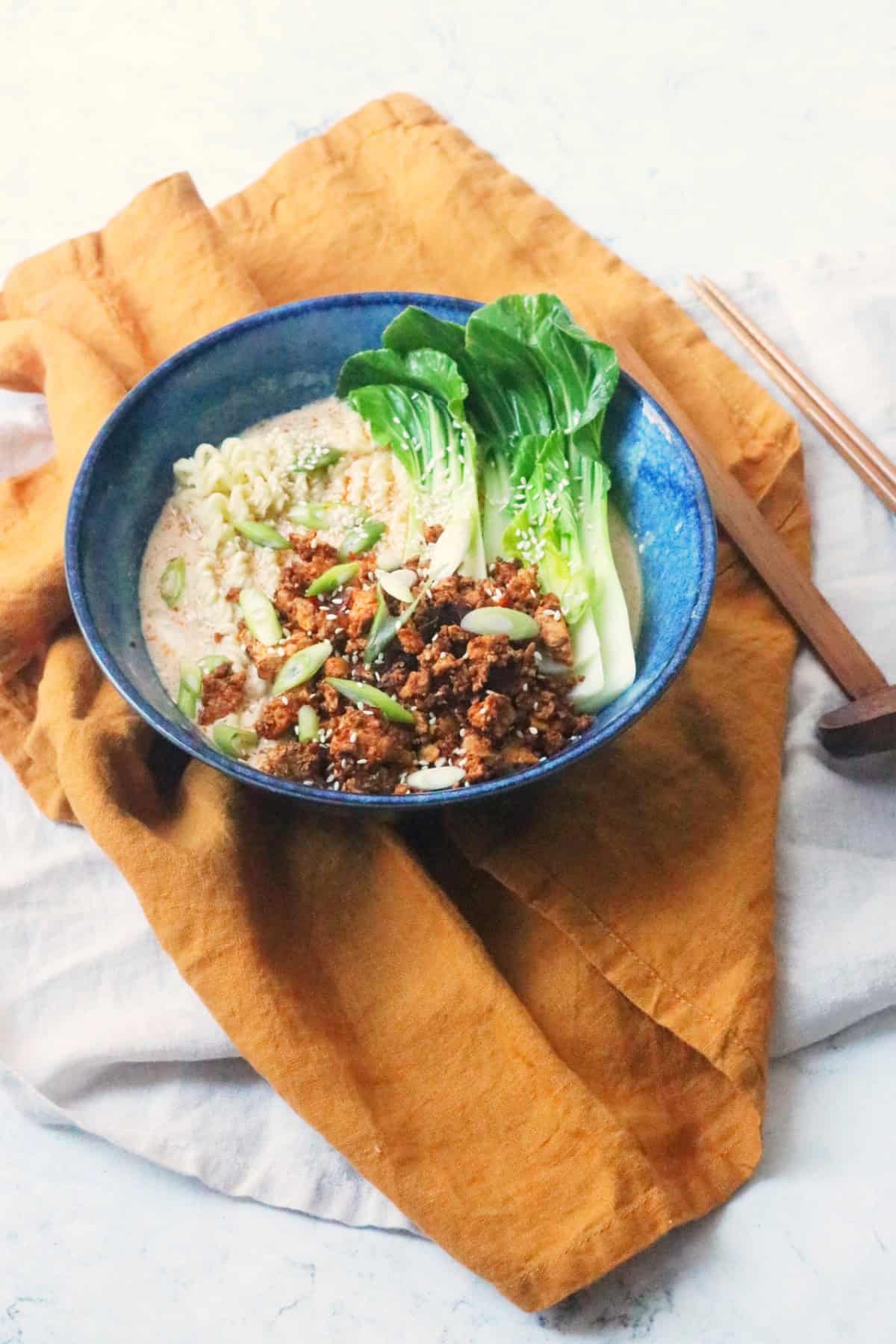
A taste of Japan
Ramen is popular all around the world and for good reason. It's a comforting bowl of rich broth, with slurp-worthy noodles, and a range of different toppings. Tan tan ramen stands out due to its bold and spicy flavours.
I've got lots of ramen recipe on the blog, peanut miso ramen, pumpkin ramen, mushroom shoyu ramen and ramen topped with crispy sesame tofu. All of them are vegan of course! This recipe is slightly different as its a plant based twist on a dish that is usually quite meaty.
Traditionally, this dish features ground pork or beef in a rich sesame-based broth spiked with chilli oil. But my Vegan Tan Tan Ramen uses plant based ingredients to get the same umami rich broth and the texture of ground meat by using crumbled tofu.
Jump to:
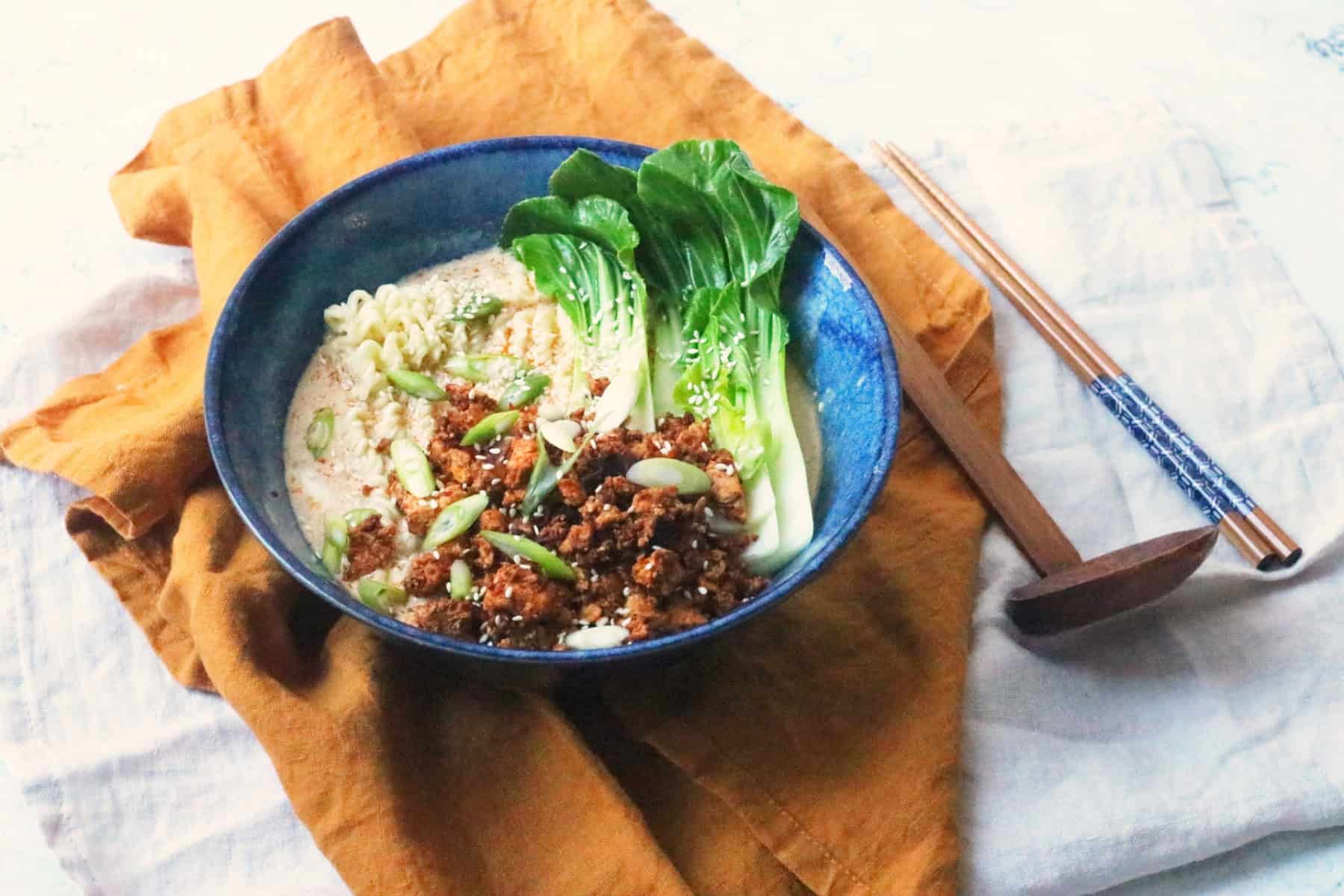
What is Tan Tan Ramen?
Tan tan ramen, also known as tantanmen in Japan, is actually a spin-off of the Chinese dan dan noodles.
Where Tan Tan Ramen involves a rich, umami packed broth, Dan Dan noodles tend to be more dry with the sauce just coating the noodles.
The dish typically features a creamy broth made from sesame paste or peanut butter, which is then blended with chilli oil and spices to create a warming, umami-packed base. The addition of ground meat provides texture, while toppings like pak choi, spring onions, and sesame seeds add extra flavour.
Veganising tan tan ramen means swapping out animal-based ingredients for plant-based alternatives while preserving its flavour. Despite the substitues, Vegan Tan Tan Ramen is delicious thanks to its rich, spicy, and nutty broth paired with fresh toppings and chewy noodles
Ingredients
There are a few key substitutes we need to make in order to transform the traditional recipe into something suitable for vegans.
- Broth: A blend of vegetable stock, soy milk, sesame paste (or peanut butter), and a touch of miso forms the creamy base. You can get sesame paste in Asian supermarkets but if you don't have one near you, tahini works well too.
- Chilli Oil: chilli oil is essential to give these noodles a kick! Chilli oil that's infused with garlic, ginger, and Sichuan peppercorns is the most authentic.
- Tofu: Crumbled tofu is the substitute for ground meat. This is sautéed with soy sauce, mirin, and a dash of five-spice powder to create a savoury topping that mimics the ground meat you'd normally find in the dish.
- Noodles: Here you want to use wheat based noodles rather than egg noodles. If you use the plain instant noodle packets like I do then these should be vegan - be sure to check the packet first!
Once you've made sure you've got the elements above suitable for a vegan diet, you can think about the extras:
- Vegetables: Classic tan tan ramen is served with leafy greens like pak choi. You can, however, add in your own veggies or other toppings like mushrooms, bean sprouts and nori paper.
- Extra toppings: roasted peanuts and sesame seeds are perfect for adding extra crunch.
Now you've assembled your ingredients you're ready to cook!
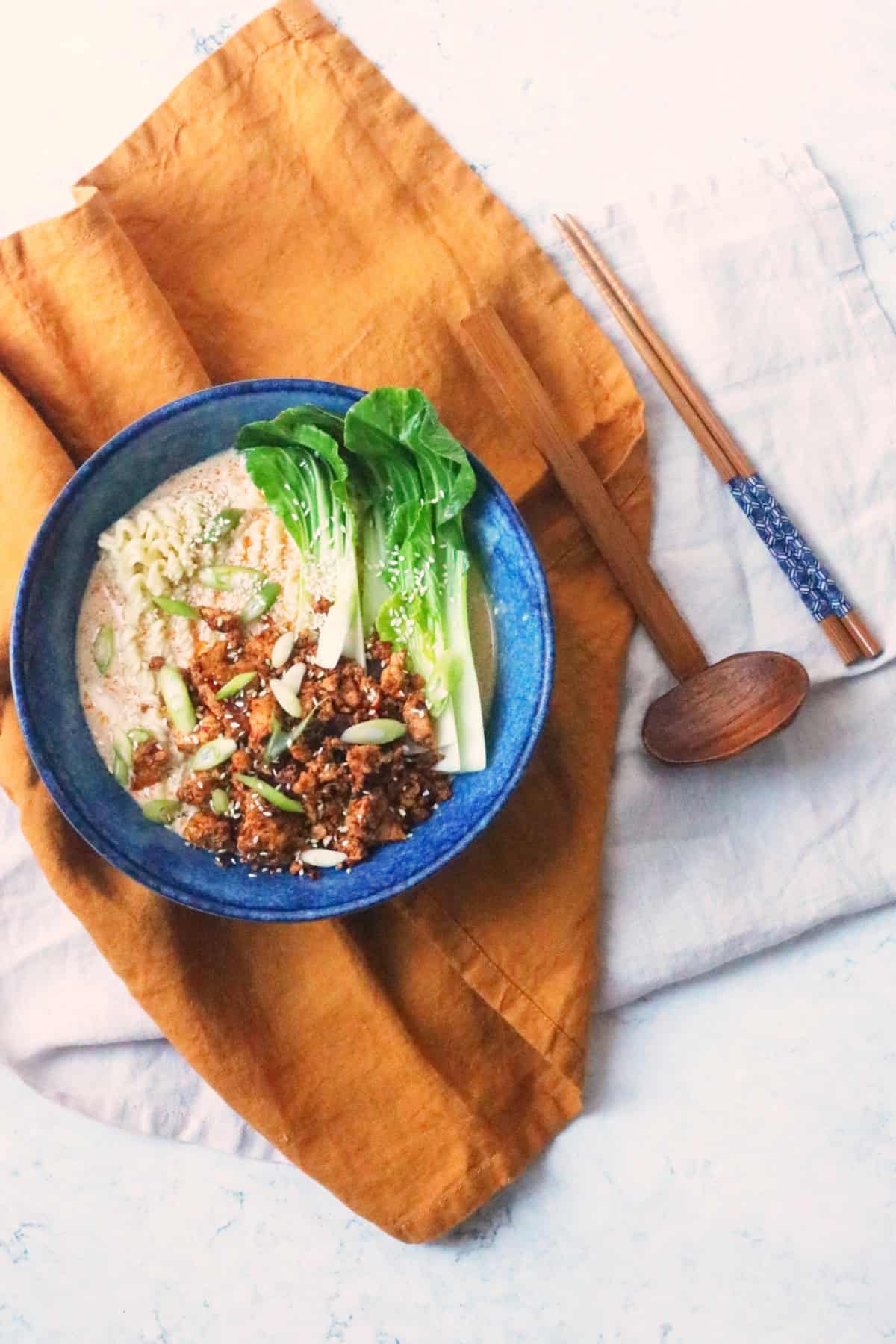
Equipment
You don't need any fancy equipment to cook the ramen - a saucepan and frying pan will do - but you do want a bowl, soup spoon and chopsticks. The traditional Japanese terms are:
- Donburi: A large, deep bowl that can hold ramen noodles, broth, and toppings.
- Renge or chirirenge: A large, deep spoon with a flat bottom and a curved handle that's used to scoop up broth, noodles, and toppings.
- Chopsticks: Used to slurp up the noodles!
I got a beautiful set from Sous Chef but you can get them in large Asian supermarkets too.
Top Tip
Press the tofu before you cook it to make sure you've got out as much water as possible. This will make sure it gets super crispy when you fry it!
The recipe
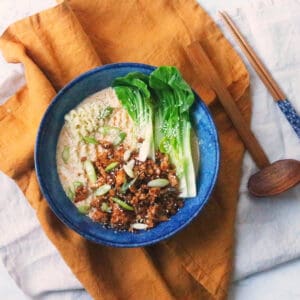
Vegan Tan Tan Ramen
Ingredients
For the tofu
- 225 g extra firm tofu
- 1 tablespoon mirin
- 1 tablespoon ginger minced
- 1 tablespoon vegetable oil or any other neutral oil
- 1 tablespoon spicy bean paste Sichuan doubanjiang
- 2 cloves garlic minced
For the broth
- 30 ml soy sauce
- 2 tablespoons sesame paste can be substituted with tahini or peanut butter
- 1 teaspoon rice wine vinegar
- 0.5 teaspoon caster sugar
- 1 tablespoon chilli oil preferably homemade
- 450 ml vegetable stock
- 450 ml soy milk
For the noodles & toppings
- 2 pak choi trimmed and washed
- 300 g ramen noodles
- 2 spring onions finely sliced
- 1 tablespoon sesame seeds
- Chilli oil optional, to taste
Instructions
- Crumble the tofu then combine with the mirin and minced ginger.
- In a bowl, whisk together the soy sauce, sesame paste, rice vinegar, sugar, and chilli oil until smooth. Place this to one side.
- Combine the vegetable stock and soy milk in a saucepan, and bring it to a simmer then add a lid to keep it warm.
- Heat a wok over medium high heat add the oil and the tofu.
- Cook the tofu until it's starting to become crispy.
- Add the spicy bean sauce and minced garlic to the tofu, and cook for another minute.
- Turn off the heat and set aside.
- Boil a pan of water and add the noodles, cooking them according to package directions until they’re just cooked through and still chewy.
- In the last minute of cooking add the pak choi.
- Add half of the sesame paste mixture to each bowl, followed by the broth and stir to combine.
- Divide the cooked noodles and pak choi between two bowls.
- Top with the crispy tofu, chopped spring onions and sesame seeds.
- Drizzle over the extra chilli oil as you wish.

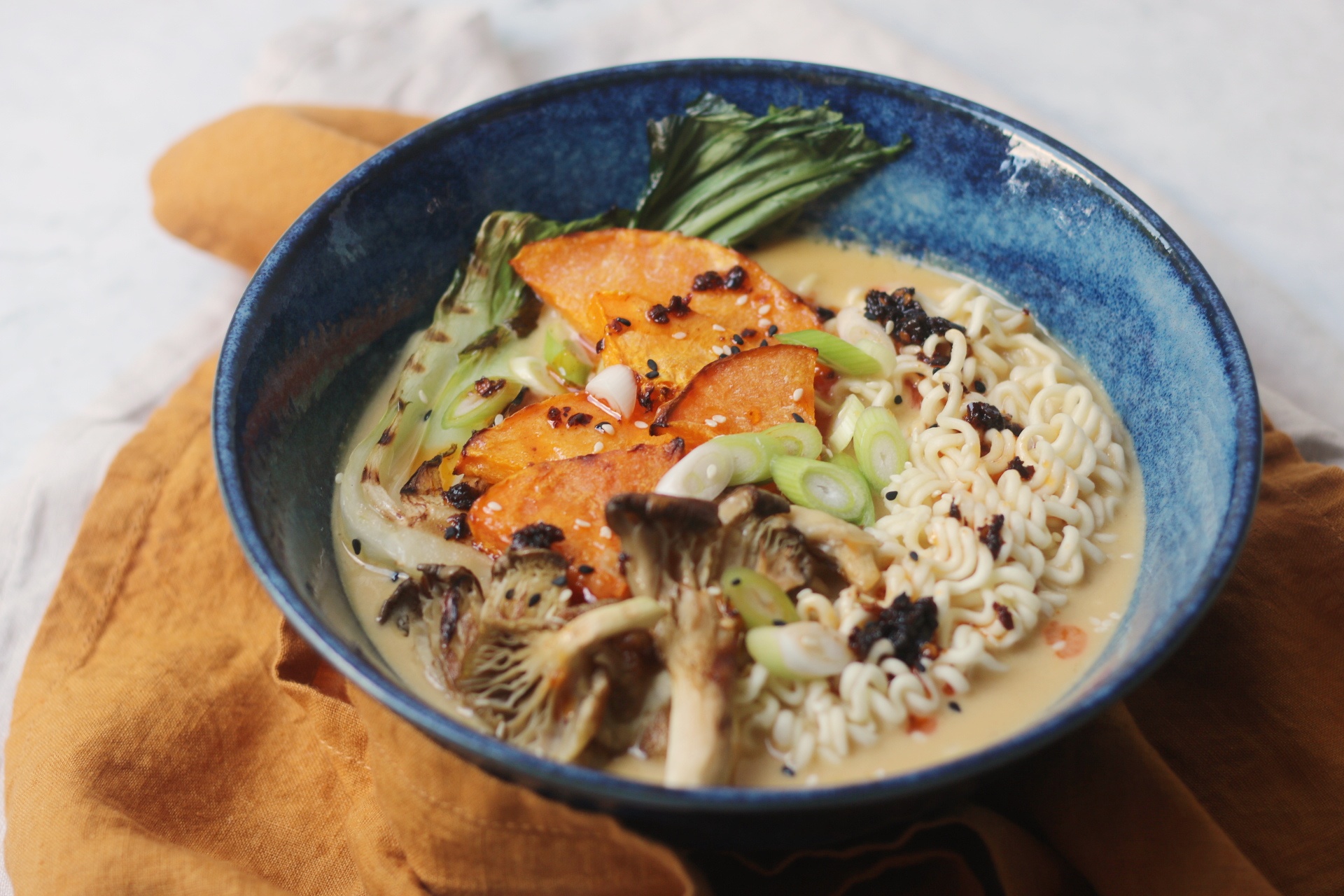
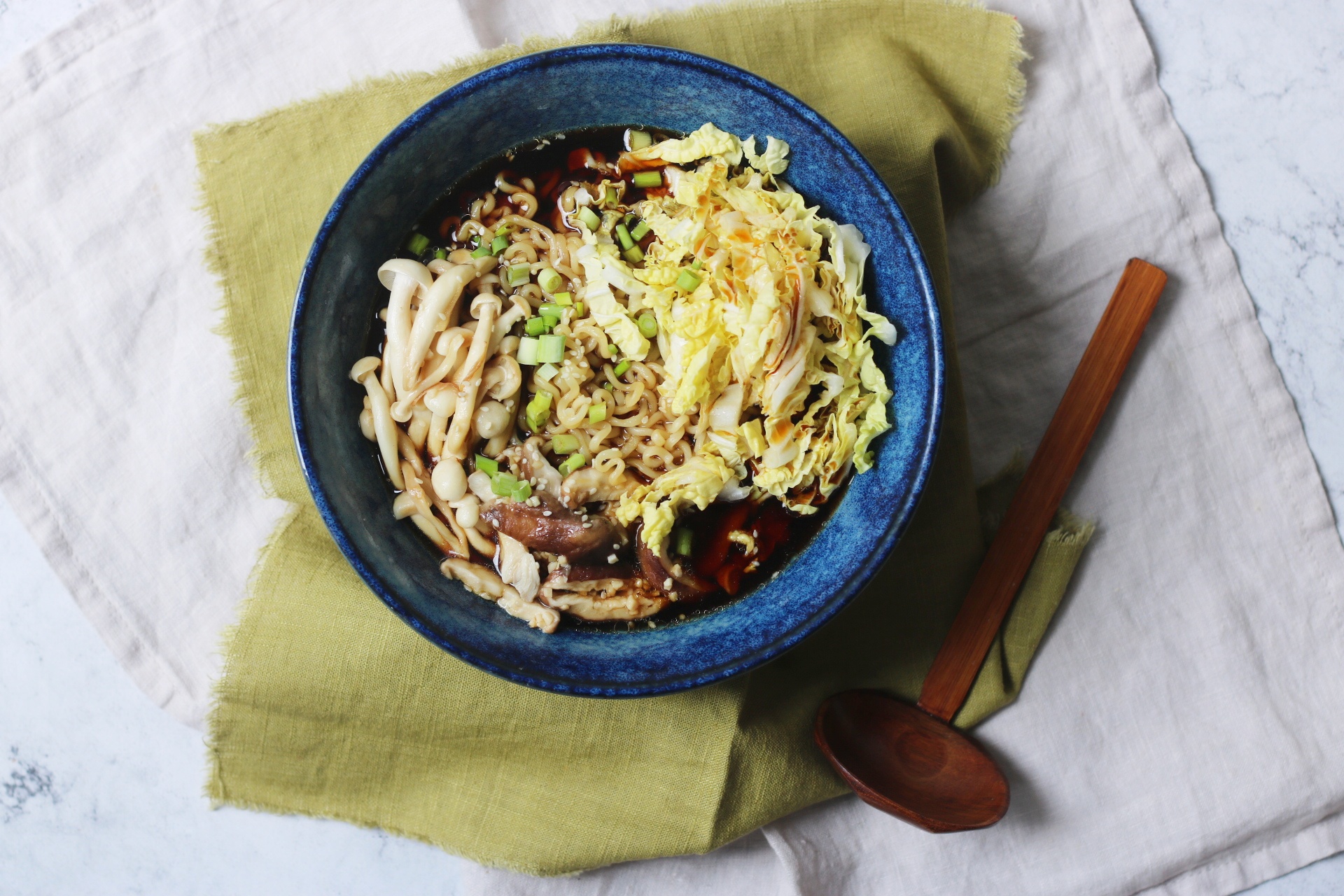
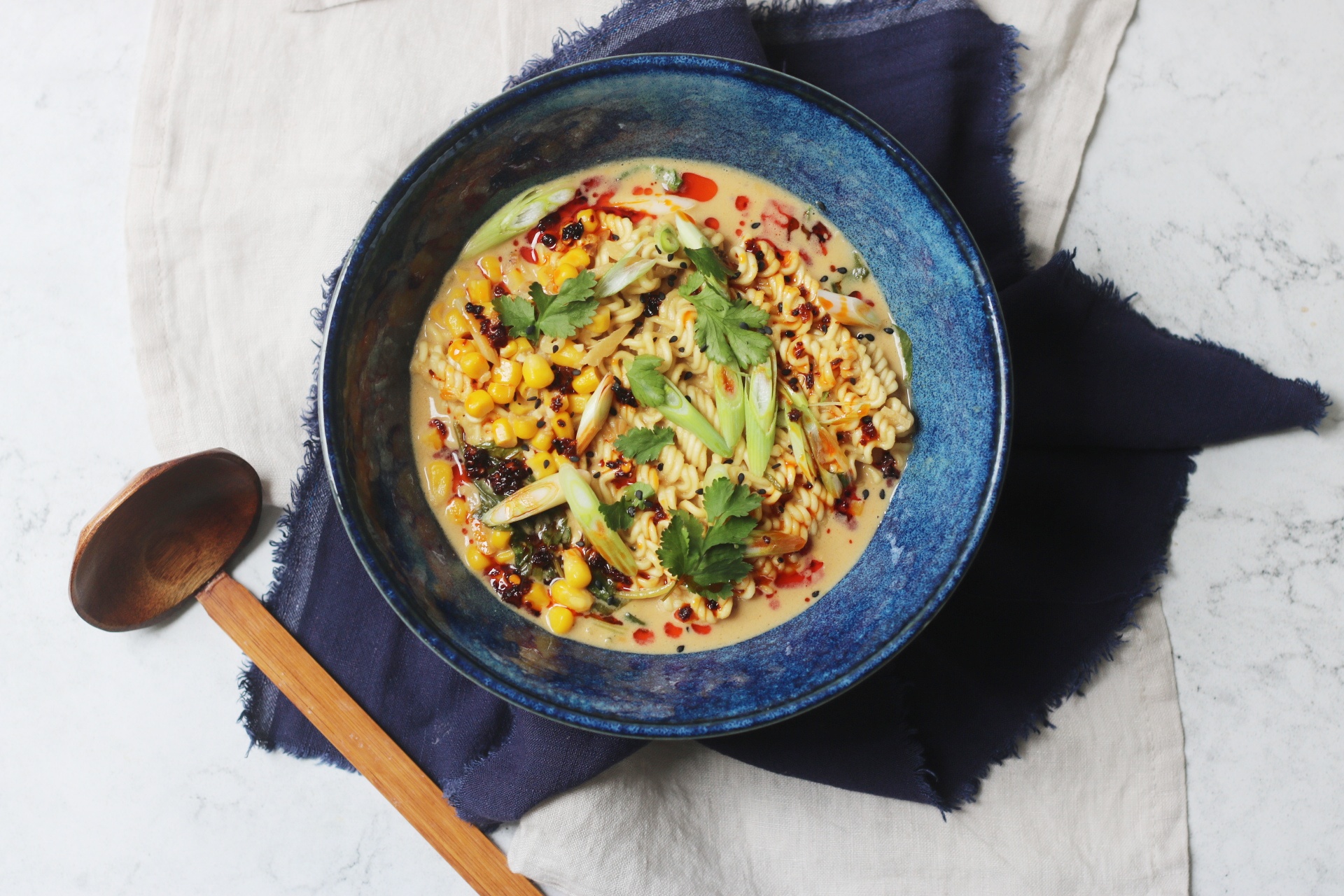
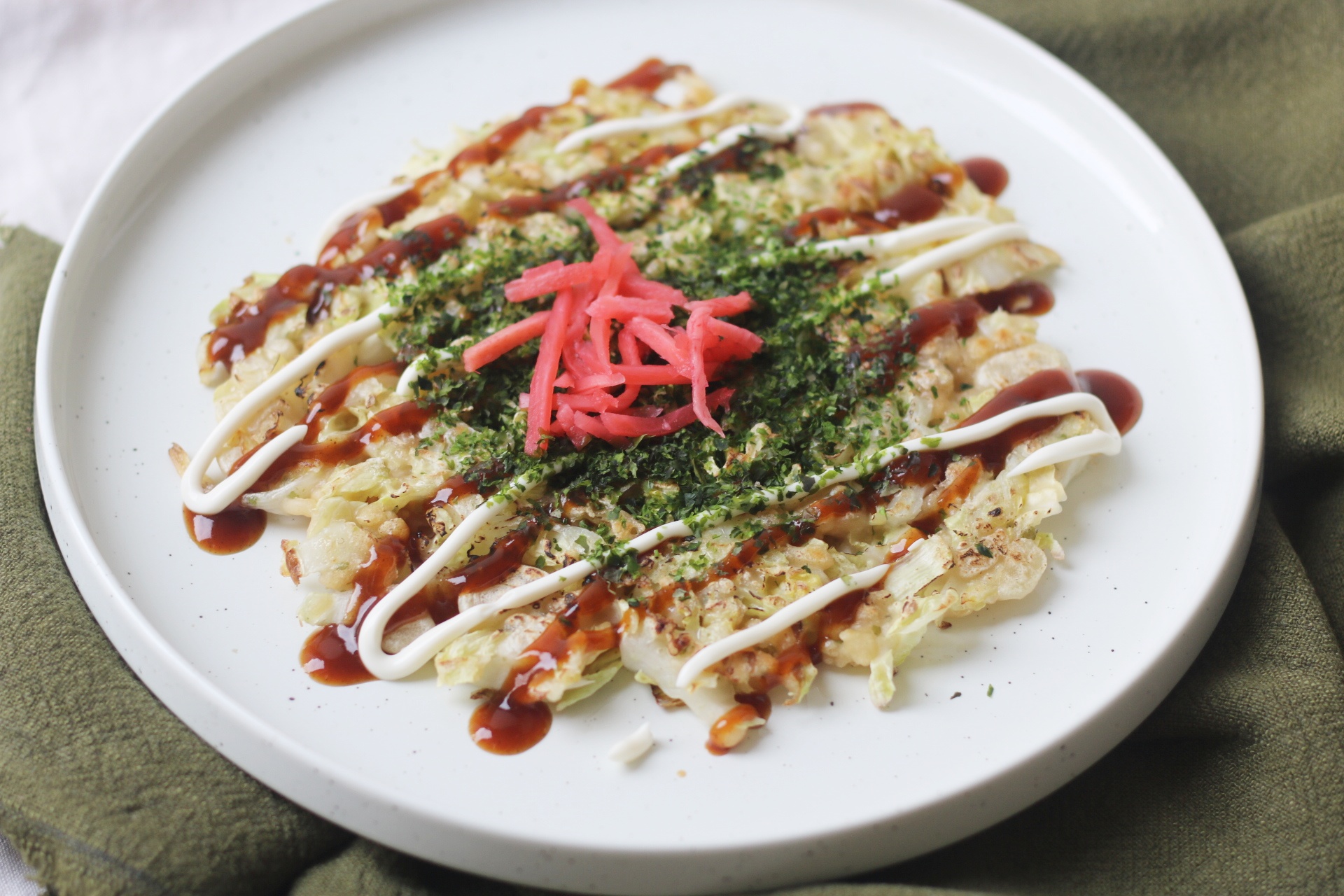
Leave a Reply